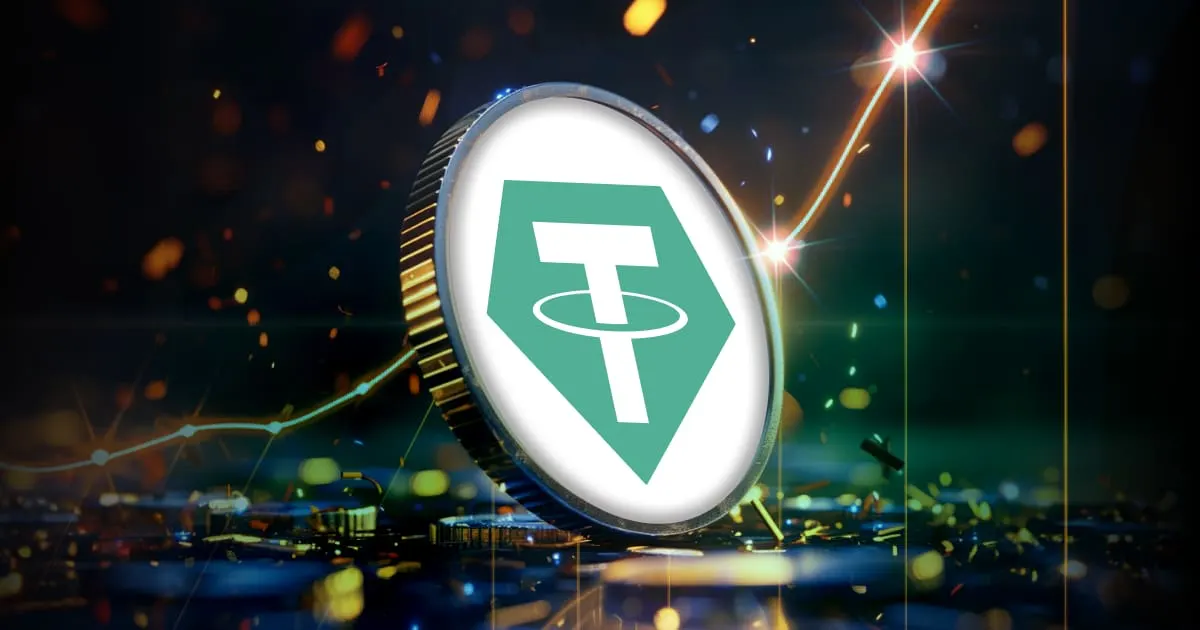If you’re a business or freelancer in Croatia, you might be wondering how stablecoin payments in Croatia actually work. Can I pay out USDT locally? Can I receive it? And how will it work with Croatian banks like Zagrebačka banka or PBZ?
In this blog post we’ll walk through how Croatian firms can use USDT payout and collection, how banks are positioned, the challenges, regulatory state, and why a platform like TransFi can make it far easier. Let’s break it down.
How can Croatian businesses benefit from stablecoins
Stablecoins like USDT remove a lot of the friction in cross-border payments. If your business in Croatia invoices clients abroad, you might face FX costs, delays, and banking hoops. With stablecoin payments in Croatia, you can tap into crypto rails to settle quickly, then convert to euros (EUR) or Croatian kuna (HRK) as needed.
Stablecoins also help protect against currency fluctuations, since they’re pegged to stable assets like the US dollar. Businesses can hold and receive payments in stablecoins without worrying about sudden exchange rate swings.
To sum it up, for Croatian freelancers and SMEs, using stablecoins for payouts or collections means you can capture clients who prefer digital assets, while still converting into fiat local-currency as needed.
What is the take of Croatia’s top banks on USDT
Zagrebačka banka (ZABA)
ZABA emphasises caution regarding stablecoins and cryptocurrencies in general: the bank has publicly warned its customers about crypto-scams, noting the risks of “promised income” schemes, phishing attempts, and uncontrolled platforms. This suggests that while ZABA recognises the existence of crypto, it views it as a high-risk space for retail banking clients rather than as a mainstream banking product.
PBZ (Privredna banka Zagreb)
PBZ does not have any prominent statements publicly embracing crypto or digital assets. PBZ treats crypto and stablecoins with a wait-and-see approach, acknowledging the trend of digitalisation, but not actively integrating crypto into its core services at this time.
If you want to implement USDT payouts and collections in Croatia via Zagrebačka banka and PBZ, you’ll have to rely on third-party stablecoin rails and then use banks for the fiat leg. In such a scenario, using TransFi BizPay means you pick a compliant platform while still getting to settle in local banks, and that too without the unnecessary friction.
USDT payout in Croatia
If you run a business in Croatia and you want to pay out USDT (i.e., you owe someone money and you want to pay them in USDT), here’s is an easy guide:
- Step 1: If you hold euros or kuna in your Croatian bank account (Zagrebačka banka or PBZ), you need a service that converts your EUR/HRK to USDT and delivers the USDT to the receiver’s wallet.
- Step 2: Since the banks may not support a direct stablecoin rail, you will need to pair your bank account with a regulated crypto payment platform like TransFi BizPay.
- Step 3: Now, you can simply add in the beneficiary details and send USDT.
- Step 4: Once you have the USDT outflow handled, you need to record it, ensure AML/KYC compliance, and account for tax.
USDT collection in Croatia
If your business is in Croatia and you want to receive payment in USDT, here’s how to think about it:
- Step 1: Set up a wallet as your bank alone may not accept direct USDT credits into your standard bank account.
- Step 2: Then, signup on a compliant platform like TransFi BizPay, and generate a payment link.
- Step 3: Forward the payment link to the one you want to collect payment from. As soon as the person makes the payment, USDT is automatically credited to your wallet.
- Step 4: You either hold the USDT or convert it into fiat (EUR or HRK) depending on your preference.
- Step 5: If you choose to convert, simply transfer the fiat-settled amount into your Croatian bank account for domestic usage.
The challenges
Here are key challenges if you’re thinking about USDT payout and collection in Croatia via Zagrebačka banka and PBZ:
- Bank reluctance: many Croatian banks are cautious with crypto services. Hence, opening accounts or processing crypto-linked flows is still complicated.
- Regulatory grey area: cryptocurrencies aren’t recognized as legal tender in Croatia and banks cannot treat them as standard payment instruments.
- Conversion and settlement: you’ll typically need a platform to convert USDT to euros (or HRK). That adds extra legs, fees, and conversion risk.
- Tax and reporting: In Croatia, crypto-to-fiat conversions can trigger capital gains tax.
If you are looking to integrate stablecoin payouts and collections in Croatia, always choose a compliant platform like TransFi to avoid regulatory headaches.
Also read about: USDT Payout and Collection in Cyprus – Hellenic Bank and Bank of Cyprus
Why TransFi stands out for Croatia
TransFi is more than an exchange. It’s a global payment platform, enabling seamless USDT payouts and collections in Croatia and beyond. Here are some key features:
- It’s built for cross-border payment flows powered by stablecoin rails. So, if you want to pay out USDT or receive USDT but settle into EUR (or HRK by extension) and then deposit in Croatian bank(s), you can.
- It supports 40+ currencies, 80+ digital assets, 250+ local payment methods and 100+ countries. That means you’re not bound only to Croatia, you have global reach.
- It emphasises enterprise-grade security, reasonable processing fees, mid-market FX rates, instant settlement, and AI-powered routing for cost-effective rails.
- You still can route the fiat leg into a Croatian bank (Zagrebačka banka or PBZ) or your preferred bank account.
If you are looking for stablecoin payment solutions for Croatian freelancers and businesses or exploring secure methods to receive and withdraw USDT in Croatia, TransFi BizPay is the best choice.
The future outlook
Here’s are some expected future trends:
- As EU-wide regulation (MiCA) fully applies, Croatian banks may become more comfortable with crypto-linked flows under regulated frameworks.
- Stablecoins may become more integrated into business payments in the region. That means more businesses will adopt stablecoin payments in Croatia, especially for international trade.
- Platforms like TransFi will become a more standard infrastructure for local businesses doing global payments. That means Croatian freelancers and SMEs will be able to easily send and receive USDT in Croatia via local payment methods.
- Regulatory and taxation clarity will increase: as Croatian tax and AML regimes mature further, businesses are expected to face fewer unknowns when using stablecoins for payouts and collections.
If your business in Croatia is thinking about using USDT, whether paying out or collecting, signup today at TransFi, and experience real-time payments with access to local banks like Zagrebačka banka and PBZ.
FAQs
- How to enable USDT payout and collection in Croatia via Zagrebačka banka and PBZ?
Firstly, you’ll need a Croatian bank account (Zagrebačka banka or PBZ). Next up, you must integrate with a stablecoin payment platform (e.g., TransFi BizPay) to handle the crypto-leg.
- For payouts: fund in fiat, convert fiat to USDT via the platform, and send USDT to the recipient.
- For collection: generate & share the payment link with your client, receive USDT, convert to fiat (EUR or HRK), then deposit into your Croatian bank.
- What is the step-by-step guide to receiving USDT in Croatia?
This is what you need to follow:
- Step 1: Set up your wallet or payments platform that supports USDT
- Step 2: Give the payer your wallet address or payment link
- Step 3: Receive USDT
- Step 4: Use the platform to convert USDT into fiat (EUR or HRK)
- Step 5: Transfer the fiat into your Croatian bank account (Zagrebačka banka or PBZ).
- Step 6: Document the transaction, conversion rate and settlement for accounting and tax
- How to cash out USDT to EUR using Zagrebačka banka or PBZ?
Since direct USDT deposit into Croatian banks may not be standard, you’ll need to convert USDT to EUR via a compliant stablecoin platform such as TransFi. Here are the steps:
- Signup & enter required details
- Select the amount of USDT you want to convert
- The platform automatically choose the fastest & most cost-effective rail
- The funds are then converted and deposited into your Croatian bank (Zagrebačka banka or PBZ) in EUR
- What is the best way of using Croatian banks for crypto and stablecoin transactions?
The best way to handle crypto and stablecoin payments in Croatia is to let each side do what it’s built for. Use your local bank for fiat accounts, SEPA transfers, and everyday transactions, and use a specialist platform for crypto tasks like USDT payments, wallet management, and conversions. TransFi connects the two, making it the simplest and most reliable way to move between your bank and the crypto world.
目次
推奨記事











.png)














